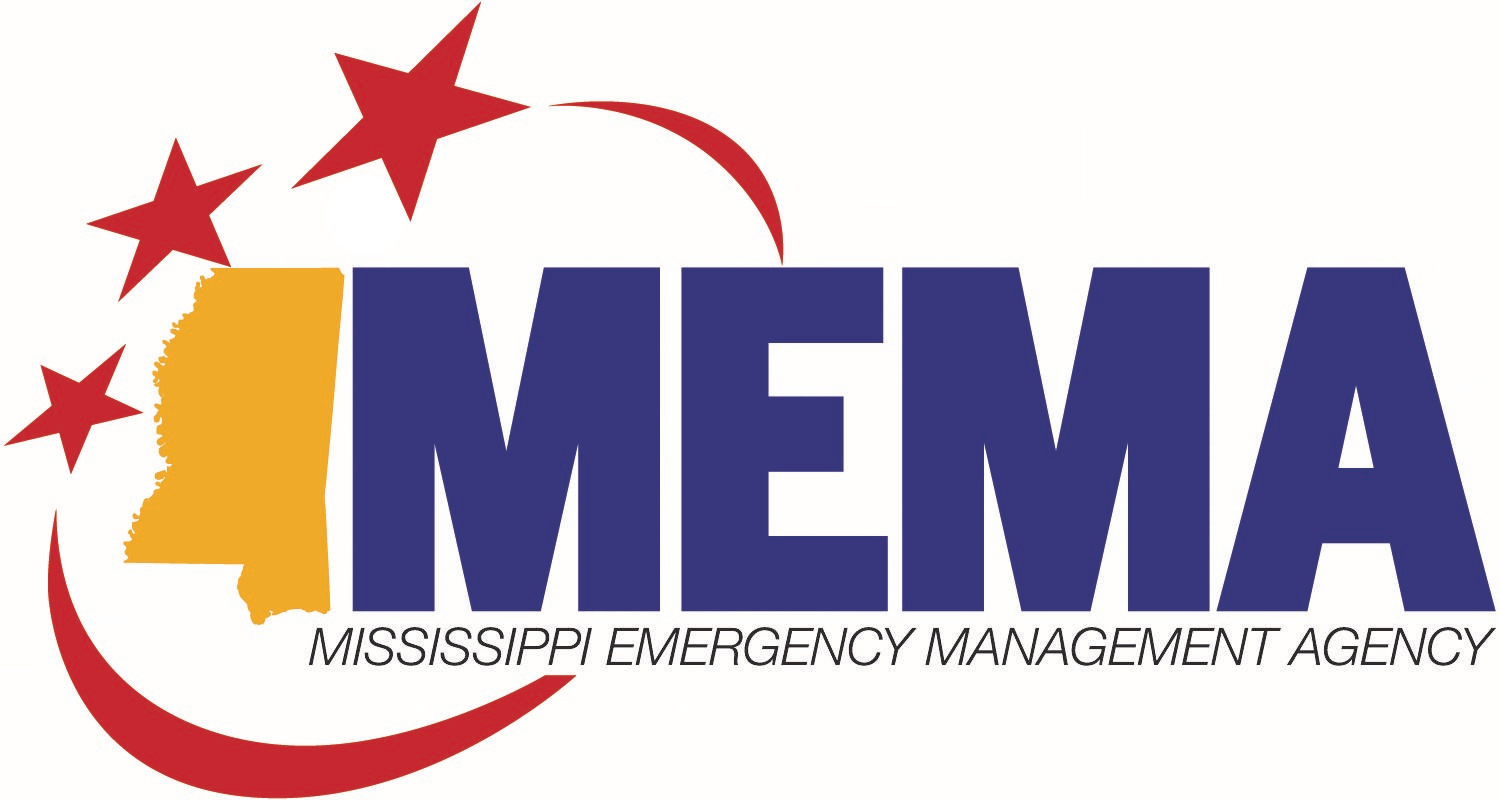- ▾ Other ShakeOuts ▾
- Alaska
- American Samoa
- Arizona
- British Columbia
- California
- Central U.S. (AL AR IA IL IN KS KY LA MO MS NE OH OK TN)
- CNMI
- Colorado
- Guam
- Hawaii
- Idaho
- Japan
- Montana
- Nevada
- New Mexico
- New Zealand
- NorthEast U.S. (CT MA ME NH NJ NY PA RI VT)
- Oregon
- Puerto Rico
- Quebec & Eastern Ontario
- SouthEast U.S. (DC DE FL GA MD NC SC VA WV)
- Texas
- Upper MidWest U.S. (MI MN ND SD WI)
- U.S. Virgin Islands
- Utah
- Washington State
- Wyoming
- Yukon
- Other Countries

Mississippi
The Great Central U.S. ShakeOut is a multi-state drill spanning much of the central United States. This page has information for participants living in Mississippi.
Points of Contact
State Earthquake Program Manager
Katanga Jones, Mississippi Emergency Management Agency
Email: kjones@mema.ms.gov
Phone: 601-933-3674
Website: http://www.msema.org/be-prepared/earthquakes/
FEMA Regional Earthquake Program Manager
Noriko Kibble, FEMA Region IV
Email: noriko.kibble@fema.dhs.gov
Phone: (770) 220-8870
Participants
people are currently registered to participate in this year's Great Central U.S. ShakeOut.
are from
Arkansas
Number of Mississippi participants in each category
View names of participants:
Mississippi Earthquake Hazards
Although the number of earthquakes known to have been centered within Mississippi's boundaries is small, the State has been affected by numerous shocks located in neighboring States. In 1811 and 1812, a series of great earthquakes near the New Madrid, Missouri area was felt in Mississippi as far south as the Gulf Coast. The New Madrid series caused the banks of the Mississippi River to cave in as far as Vicksburg, more than 300 miles from the epicentral region.
The earliest and strongest earthquake reported within Mississippi occurred on December 16, 1931, at about 9:36 p.m. At Charleston, in the area of maximum intensity, the walls and foundation of the agricultural high school cracked and several chimneys were thrown down (intensity VI - VII). At Belzoni, plaster fell and several chimneys were damaged (intensity VI). In Tillatoba, one chimney toppled and a vase was thrown to the floor (intensity VI). At Water Valley, several chimneys were damaged (intensity VI). The shock was perceptible over a 65,000 square mile area including the northern two-thirds of Mississippi and adjacent portions of Alabama, Arkansas, and Tennessee.
On February 1, 1955, an earthquake was strongly felt by many people along a 30 mile strip of the Mississippi Gulf Coast. In Gulfport, houses shook, windows and dishes rattled, and deep rumbling sounds were heard by many (intensity V). At Biloxi, several persons were alarmed and a rumbling noise was heard. Similar effects were noted at Mississippi City and Pass Christian. The Tremor was reported by many persons at Bay St. Louis, where buildings creaked and loose objects and windows rattled.
In June 1967, two earthquakes occurred about 18 miles northeast of Greenville, Mississippi. The first, on June 4, measured magnitude 3.8 on the Richter Scale and was felt over approximately 25,000 square miles. The region affected by this tremor included the Northwest quadrant of Mississippi and parts of Arkansas, Louisiana, and Tennessee. A few instances of cracked plaster were reported in the epicentral region. One resident near the epicenter reported a ground crack 1/4 to 1/2 inch wide and 39 feet long in his lawn.
On June 29, a second earthquake occurred in the same region with a magnitude of 3.4. The felt region of this shock was limited to parts of Bolivar, Sunflower, and Washington Counties.
Another earthquake felt in Mississippi occurred on March 29, 1972. This shock, which was centered in the New Madrid, Missouri region, reached a peak intensity of IV in Mississippi at Hillhouse, Mineral Wells, and Pleasant Grove. Intensity I to III effects were noted at Horn Lake.
The following links provide local and statewide earthquake hazard information:
State Emergency Management Website
http://www.msema.org/be-prepared/earthquakes/
State Geological Survey Website
http://www.deq.state.ms.us/MDEQ.nsf/page/Geology_home
USGS State Earthquake Website
https://earthquake.usgs.gov/earthquakes/byregion/mississippi.php






